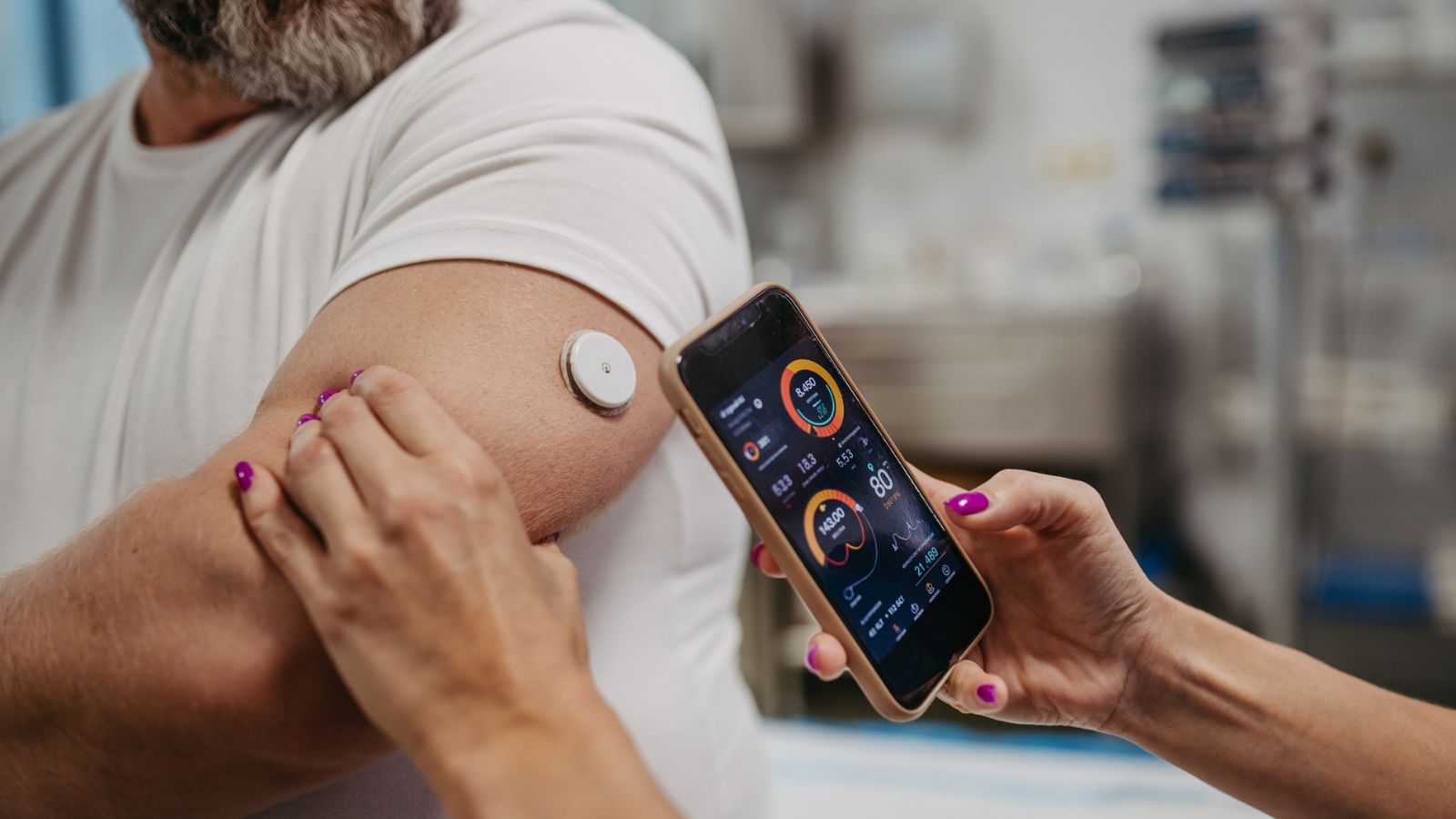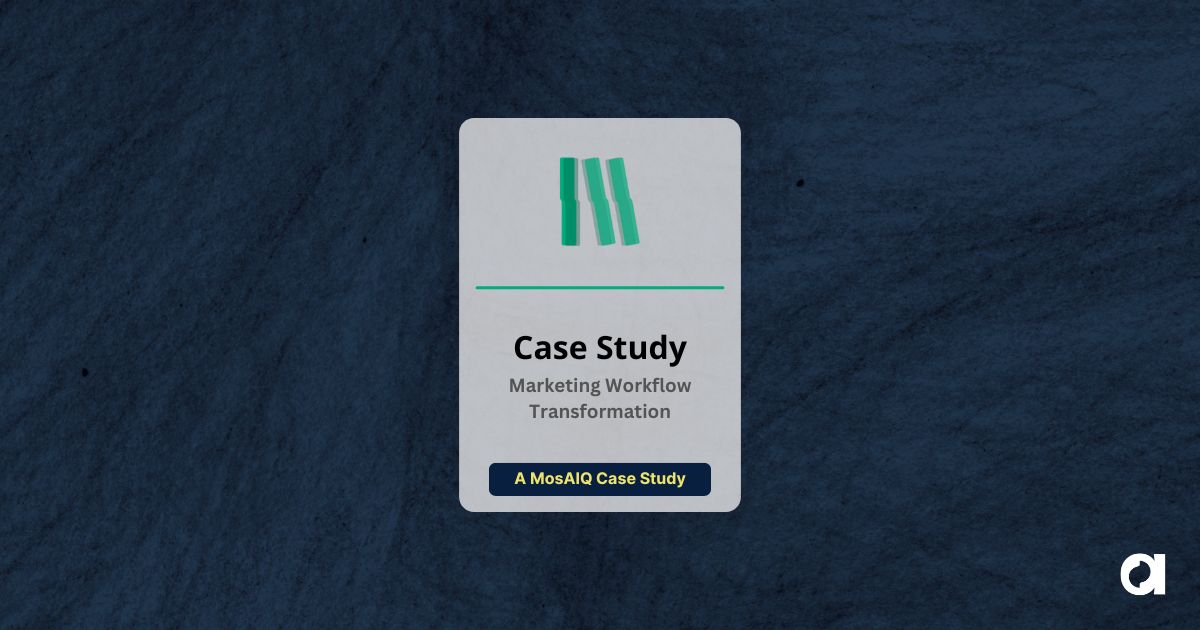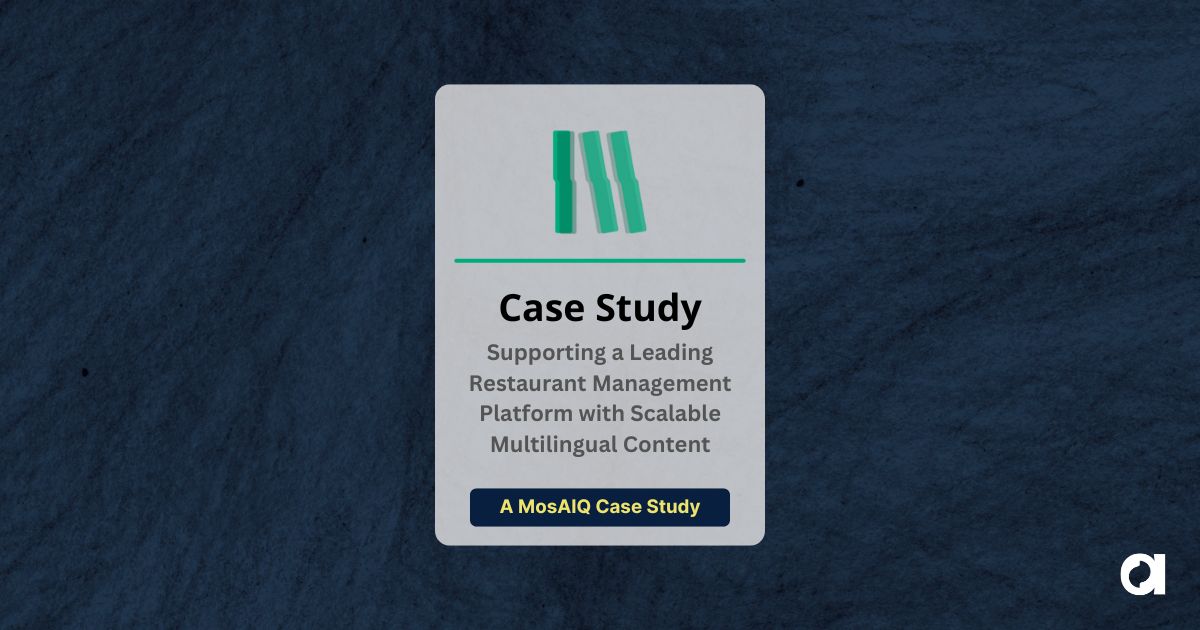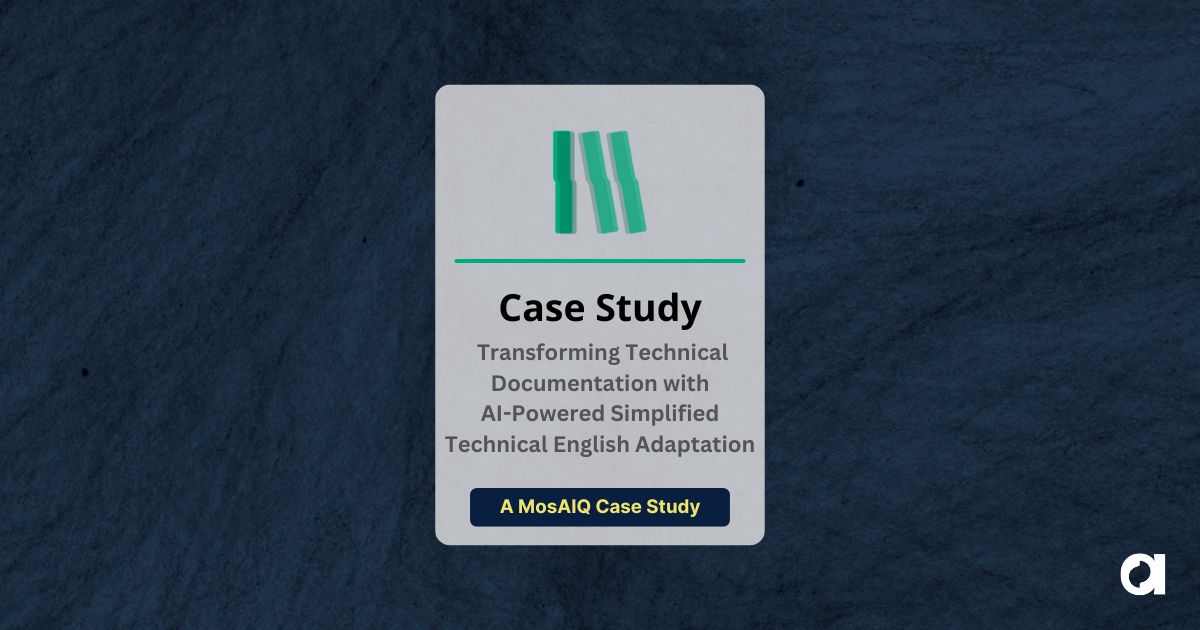As 2024 draws to a close, medical device manufacturers face several important regulatory shifts under the MDR and IVDR frameworks. We’ve been covering these changes and updates all year and there’s still a lot to come. Deferred deadlines for vitro diagnostic devices (IVDs), new requirements around supply chain continuity, and the phased rollout of the EUDAMED database are just a few of the developments set to impact the industry in 2025.
For operations teams, year-end is a good time to review your compliance strategies. Whether it’s updating your quality management system (QMS) or preparing for certification deadlines, keeping well-informed about the latest updates will help you stay ahead of potential disruptions and maintain a smooth path to market.
The Ongoing Deadline Shuffle: 2024’s MDR and IVDR Changes
As we near the end of 2024, several big regulatory developments under both the MDR and IVDR have shifted timelines and priorities for medical device manufacturers. The most notable changes focus on extended transition periods and new compliance expectations.
MDR Update: Transition Period Extensions
For high-risk devices under the MDR, particularly Class D products, the European Commission has extended the transitional periods to ensure that essential devices continue to meet safety standards without being prematurely pulled from the market. Medical devices now have until December 2027 to comply, provided that manufacturers meet key conditions, such as updating their quality management systems and maintaining device safety.
Post-market surveillance requirements have also seen more consistent enforcement throughout 2024. These measures aim to monitor devices after they’ve entered the market, ensuring ongoing compliance. Manufacturers are now expected to implement robust post-market monitoring systems as part of their overall strategy.

IVDR Update: Timeline Extensions and Certification Challenges
IVDs have also seen their transition periods extended, reflecting the ongoing challenges in securing timely certification. High-risk Class D devices have until December 2027 to comply with IVDR regulations, while medium-risk Class C devices have a deadline of December 2028. Manufacturers of legacy devices must meet specific requirements to benefit from these extensions, including maintaining an updated quality management system by May 2025.
However, the road to certification for Class D IVDs remains challenging. The reliance on EU Reference Laboratories and Expert Panels for review, combined with the limited capacity of Notified Bodies, continues to create delays.
Meanwhile, Back at the Food & Drug Administration…
While the FDA’s framework continues to evolve, there’s an ongoing trend towards greater international harmonization. The FDA has been working on aligning certain aspects of its regulations with global standards, including those in Europe. This is particularly evident in areas like post-market surveillance and quality management systems, where the FDA is moving towards adopting standards such as ISO 13485:2016.
Additionally, the FDA has increased its focus on digital health and cybersecurity regulations, which parallels the EU’s emphasis on device transparency and data security. However, it’s worth noting that the FDA and European compliance mechanisms remain distinct, each with its own specific requirements and processes.
Racing the Clock: What’s Coming for MDR/IVDR in 2025
As we look ahead to 2025, several important deadlines and developments under MDR and IVDR are poised to shape the legal landscape for medical device manufacturers. The gradual rollout of EUDAMED, along with new compliance requirements for IVDs, will require strategic planning to avoid bottlenecks and disruptions.
EUDAMED Rollout and Upcoming Deadlines
The European Commission has confirmed that the phased implementation of the EUDAMED database will continue, with some modules already available for voluntary use. The Commission has not set a specific date for full functionality or mandatory use of the system. EUDAMED will become mandatory six months after the European Commission publishes a notice of full functionality in the Official Journal of the European Union.
The EUDAMED rollout will play a pivotal role in ensuring transparency and traceability across the EU medical device market. However, challenges remain, with a significant number of registrations anticipated once the system becomes fully operational. Delays in system registration could result in significant backlogs, so planning ahead is crucial for companies operating in the region.
While there is no fixed deadline for device registration, manufacturers are strongly encouraged to begin using the available modules voluntarily to prepare for full implementation. This proactive approach will help avoid potential delays when the system becomes mandatory.
Extended Transitional Periods for IVDs
In vitro diagnostic device manufacturers also face critical deadlines, with transitional periods extended for legacy devices. High-risk Class D devices must complete their transition by December 2027, while medium-risk Class C devices have until December 2028. Manufacturers are required to have a quality management system in place by May 2025 to meet these new deadlines. Additionally, timely applications for conformity assessments must be submitted to Notified Bodies, with agreements in place no later than September 2025 for Class D devices.
Managing Supply Chain Interruptions
A new requirement set to take effect in January 2025 mandates that manufacturers must notify authorities of any anticipated supply chain disruptions. This notification process is designed to mitigate the risk of shortages for critical devices and safeguard patient care. Companies will need to establish robust communication systems to ensure alignment with these new reporting obligations.
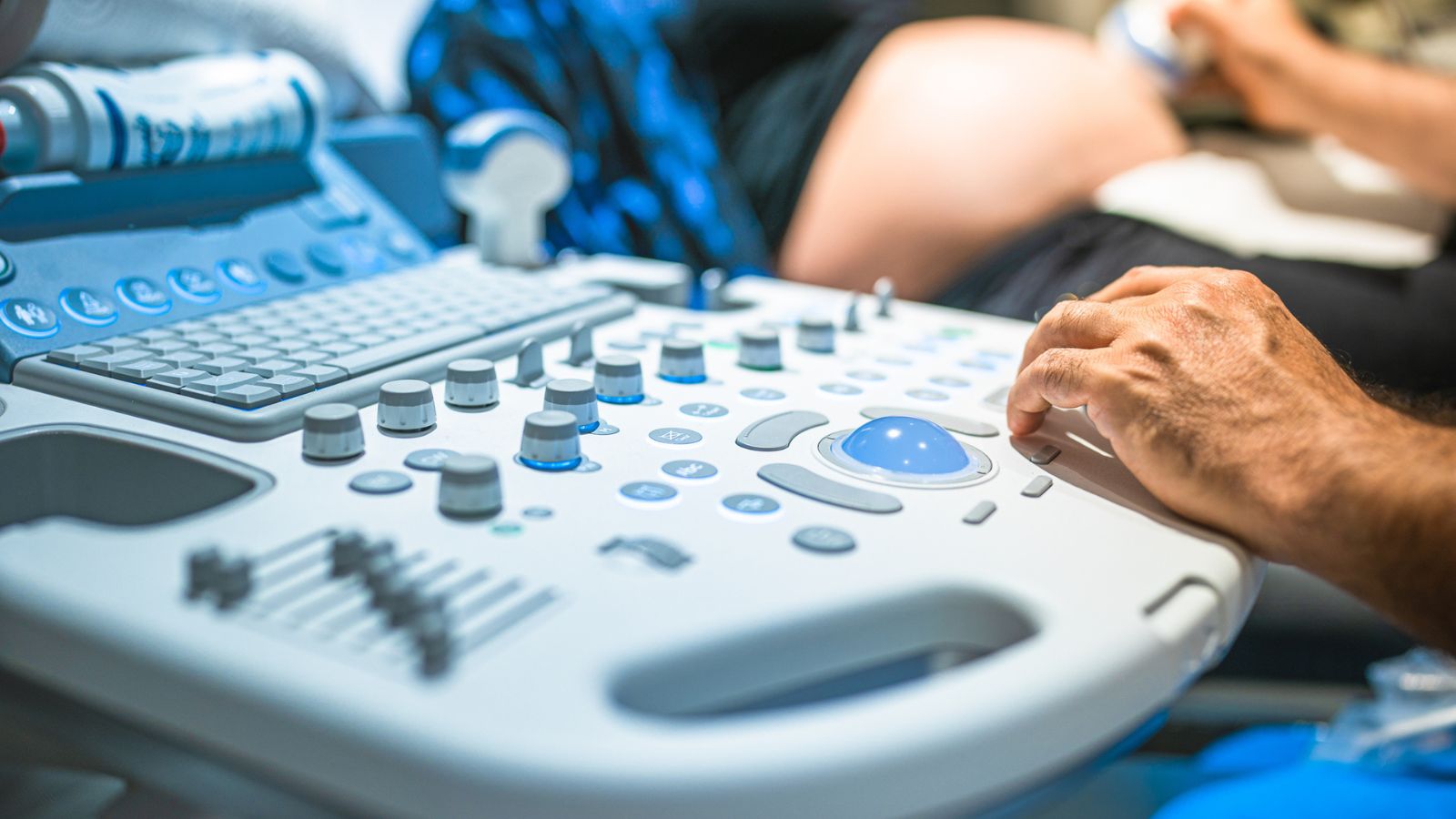
Strategic Planning for Compliance in 2025
With the extended deadlines for MDR and IVDR compliance, companies have more breathing room—but only if they meet strict conditions. To benefit from these extensions, manufacturers of high-risk and medium-risk devices must implement a fully compliant QMS by May 2025. Additionally, manufacturers need to submit applications for conformity assessments and finalize agreements with Notified Bodies by September 2025, especially for Class D devices. Missing these deadlines could mean having products pulled from the market, creating costly disruptions.
Manufacturers should start laying out a detailed compliance roadmap now, working closely with Notified Bodies and internal operations teams to ensure no stone is left unturned. The earlier companies begin the transition process, the better chance they have of avoiding bottlenecks and ensuring a smooth path to approval and certification.
Another key consideration for 2025 is the heightened demand for accurate life sciences translations. As the MDR and IVDR deadlines approach, every document—whether it’s related to QMS, product labels, or safety documentation—needs to be translated into multiple languages for the different EU markets. Any discrepancy can lead to approval delays or worse, product recalls.
The role of specialized language service providers has never been more important. Manufacturers will need experienced partners who understand both the legal structures involved and the technical and medical terminology required to meet the standards. Preparing ahead for translation services can mean the difference between a smooth approval process and costly delays.
The Road Ahead
The expanded timelines for MDR and IVDR give manufacturers some breathing room, but now is the time to continue preparing for compliance. As EUDAMED rolls out in phases, those who prepare early will be in the best position to navigate the growing demands for transparency and traceability across the EU. Taking these steps not only helps companies stay compliant but also builds confidence with regulators and customers alike.
At the same time, regulatory translation needs are rising. With so much documentation required in multiple languages, accurate translations are essential for staying on track and avoiding costly delays. Partnering with language experts who know the medical device industry inside and out will make a huge difference.
At Argos Multilingual, we’ve got the knowledge and experience to help guide you through the MDR and IVDR. Reach out to our team to learn how we can support your MDR and IVDR compliance strategies with expert language services.
Questions about MDR and IVDR? To learn more, visit info.argosmultilingual.com/mdr-europe and info.argosmultilingual.com/ivdr-europe.
 Argos Multilingual
6 min. read
Argos Multilingual
6 min. read
Communication has come a long way in our lifetimes. In just a few decades, we’ve moved from clunky landlines and “snail mail” to video calls, instant messaging, and live-streaming events across continents. While global connectivity has soared, overcoming language barriers remains a persistent challenge. Real-time translation tools offer the potential for immediate multilingual communication, but […]

 Argos Multilingual
5 min. read
Argos Multilingual
5 min. read
In the global automotive industry, precision and consistency are essential at every step of the supply chain. As manufacturers coordinate operations across borders, clear and accurate communication becomes critical. From the technical specifications guiding assembly lines to the marketing materials reaching customers, localization helps ensure each link in the chain functions smoothly across regions. For […]







